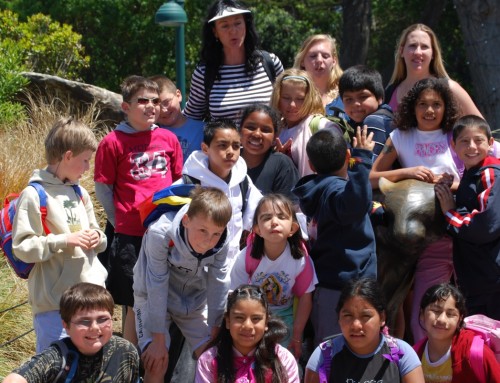Using Disney to Encourage Communication and Engagement

“Affinity to Capability to Possibility” –from “Life Animated” by Ron Suskind
I recently read the inspirational book “Life Animated” (by Pulitzer Prize winner Ron Suskind) about Owen—a boy diagnosed with autism at a young age. After reading a newspaper review of the book, I wanted to learn more about Owen’s life with his family and how his affinity for Disney movies helps him communicate. This book takes you through approximately two decades of Owen’s life.
From a young age, Owen had a fascination with Disney, specifically the classic Disney movies. Instead of using Disney as an obstacle and a constant reinforcer, Owen’s family used this affinity as a tool to open the world to Owen and teach him critical skills such as communicating, resolving conflicts and navigating life changes.
I’m always seeking new ways to connect with individuals with autism. From my experience, I see affinities used in a variety of ways. Most of the time they get used to reinforce a specific behavior rather than a pathway to interaction and communication.
The book intrigued me, because of a particular client who shares Owen’s strong affinity for classic Disney movies. This boy primarily uses speech for scripting classic Disney movies. Due to his limited expressive language, he uses a communication device with a keyboard and pictures to help him communicate more efficiently. After reading “Life Animated,” I decided to try using his scripting to build more complex communication skills.
For example, when my client began singing a particular song—such as “Under the Sea”—I modeled, “I think you want to watch the ‘Little Mermaid,’” and then turned on a short video clip of the movie. With this strategy, I discovered increased joint attention and engagement—improved eye contact, more facial expressions, better topic maintenance—which led to more effective communication. At times, he even typed specific titles of the movies we were watching on his keyboard. This increased engagement helped me meet his communication goals more readily.
Why use Disney? For many with autism, Disney’s magical stories offer motivating and engaging experiences. Why? Check out some reasons listed here by a company called Animated Language Learning. The company built a research-based language program using Disney movies.
Are you looking for ways to incorporate Disney stories into your sessions? Check out these suggestions:
- Disney character bingo. I left off the wording for my client to help encourage spelling for communication during play. This also helped him answer “wh” questions, descriptive comments—“I have Snow White”—and initiate communication and turn-taking.
- Movie clips: Movie clips seem to offer the most motivation. During treatment sessions, ask a client to choose a clip. You can stop it at particular points to begin a discussion. In the “Life, Animated” book, Owen started a Disney Club where he used Disney movies to facilitate discussions about specific topics. Choose a motivating movie clip for your client and target specific goals. For example, use the clip of “The Little Mermaid” where she turns into a human to discuss her emotions. Why is she scared? Why did she want to be human?
- Role-play: Owen’s family uses role-play to help resolve various conflicts and experience a different form of interaction. They used this technique to help facilitate conversation and express complex emotions by taking on the accents of specific characters and acting out particular scenes.
- Story development. Print out cards with Disney characters’ pictures, various contexts related to Disney movies and specific actions. Instruct your client to choose one card from each deck and help them create their own story. Another way to help facilitate story development is to print out images from a specific movie and use these pictures for sequencing and narrative development. Use this activity to help construct grammatically correct sentences and improve literacy skills.
- Books: Encourage your client to choose—from among the numerous options, old and new—the Disney book they want to read. This encourages their ability to make choices. Other useful strategies for getting the most out of picture books to help facilitate speech and language goals include asking questions, varying your expression and volume or using manipulatives.
Any number of approaches to incorporating Disney stories into treatment can help you and your client meet specific speech and language goals—motivation is key!
Rebecca Eisenberg, MS, CCC-SLP, is a speech-language pathologist, author, instructor and parent of two young children. She began her website, www.gravitybread.com, to create a resource for parents to help make mealtime an enriched learning experience. She has worked for many years with children and adults with developmental disabilities in a variety of settings, including schools, day habilitation programs, home care and clinics. Contact her at [email protected] or follow her on Facebook, Twitter or Pinterest.








Leave A Comment